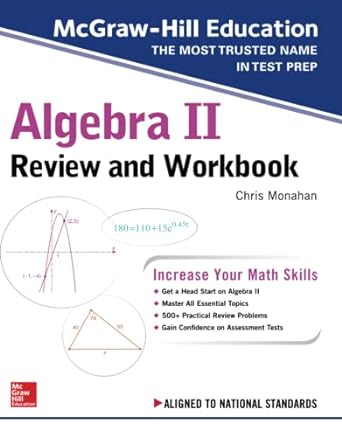Question
In a sequence of consecutive years 1, 2, . . . , T, an annual number of high-risk events is recorded by a bank. The
In a sequence of consecutive years 1, 2, . . . , T, an annual number of high-risk events is
recorded by a bank. The random number Nt of high-risk events in a given year is modelled
via Poisson(lambda) distribution. This gives a sequence of independent counts n1, n2, . . . , nT . The
prior on is Gamma(a, b) with known a > 0, b > 0
a) Determine the Bayesian estimator of the intensity with respect to quadratic loss.
b) The bank claims that the yearly intensity is less than 4. Using Bayesian hypothesis
testing with a zero-one loss, would you accept the bank's claim? Using the same data,
would you accept the claim that the yearly intensity is less than 5?
Hint: You use the R function pgamma to answer this question.
Step by Step Solution
There are 3 Steps involved in it
Step: 1

Get Instant Access to Expert-Tailored Solutions
See step-by-step solutions with expert insights and AI powered tools for academic success
Step: 2

Step: 3

Ace Your Homework with AI
Get the answers you need in no time with our AI-driven, step-by-step assistance
Get Started


